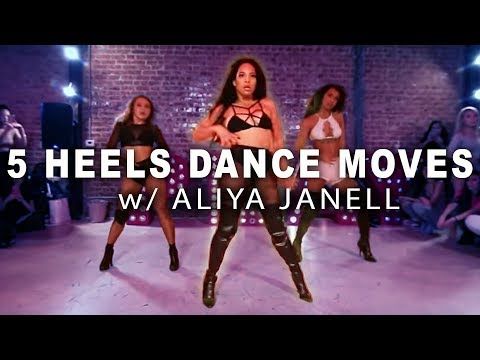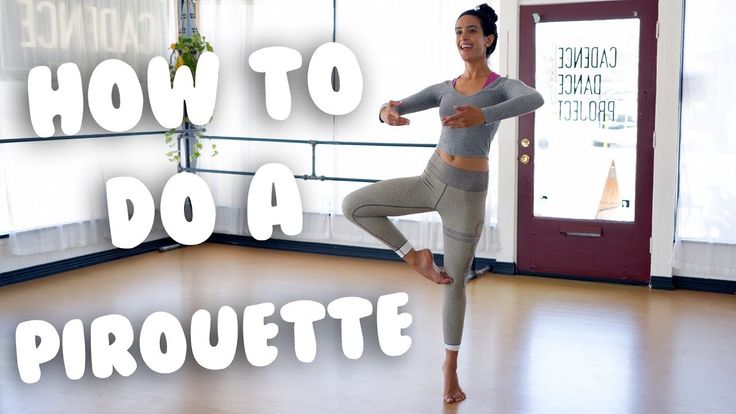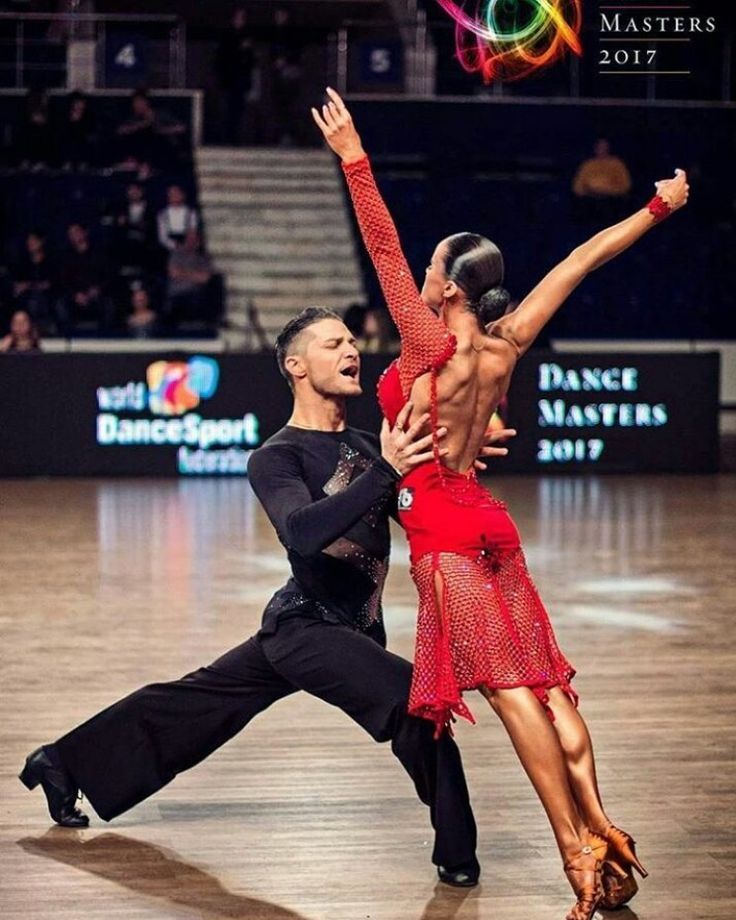How to do a leap in dance for beginners
Drills & Exercises to Help you Improve
This is generic information and not to be confused with advice. Speak to a professional for all your health needs and seek their counsel. Children need to be under adult supervision at all times. We disclaim all liability for any physical harm resulting from the information on this website. For more info see our disclaimer and privacy policy.
A split leap is an important skill in gymnastics, and one that you should master. A split leap is usually part of the dance in both your floor and beam routines. In this article we share some drills and exercises you can do to help you learn a beautiful, perfect split leap.
As a beginner gymnast, you will start doing a split leap requiring only a 90° split in the level 3 floor routine. By the time you are a level 5 gymnast, you will need to be able to do a split leap with a 150° split on floor. Starting as a level 6 gymnast, you will need to be able to do a leap, split, or jump with a 180° split. So needless to say, a split leap is a skill you should spend time learning how to do perfectly.
The first step to learning how to do a perfect split leap is to master a split jump. A split jump is what a split leap should look like in mid-air. A split jump is off two feet, while a split leap is off of one.
One other tip for doing beautiful split leaps is to leap into the leap. This means that if you are taking several steps into your split leap, the last step should be low and long, like a leap. The low and long step you take before the leap is a punching step. This step helps you punch off the ground so you can leap higher.
When you want to improve your split leap, here are the main areas to focus on:
- Height of your Split Leap
- Degree of Leg Separation (the split of your leap)
- Form (straight legs, pointed feet, good posture)
You also want to make sure your legs are evenly split.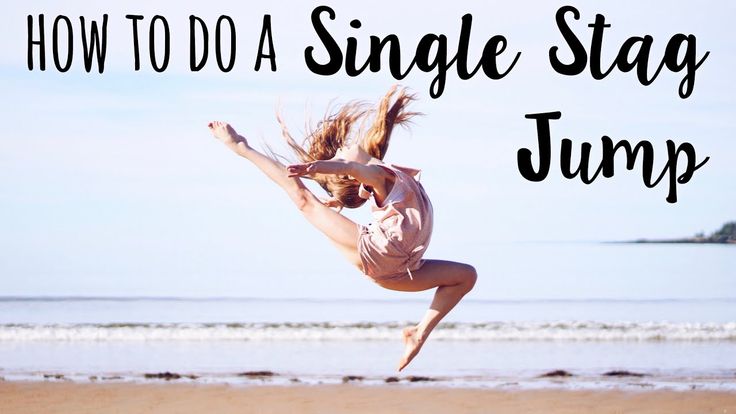 Check out the video below!
Check out the video below!
Gymnast: @alyssa.jade_b
Height of your Split Leap
To improve the height of your split leap you need to strengthen your leg muscles so you can push harder off of the ground. Doing conditioning exercises will help you strengthen your leg muscles and get higher off the ground.
Squats are a great example of a leg conditioning that will will help strengthen the muscles which will help you get higher off of the ground.
Degree of Leg Separation
This also includes making sure your legs are evenly split. To help with this, you’re going to need to improve your active flexibility. One of the best ways to do that is by doing different types of kicks. Here are the ones we do in SkillTrakker.
Forward Kicks
You can be flat footed or in high relevé. Arms are out to the side, and try to keep a nice body shape – chest up, legs straight, and toes pointed…the usual. Do 10x.
Do 10x.
Sidewards Kicks
Just like before, except before except this time your’e going to be kicking to the side. Do 10x.
Back Kicks
You’re going to face forwards and kick backwards as you are walking backwards. Try to keep both legs straight – the kicking leg and the base leg. Do 10x.
Needle Kicks
These can sometimes be a little complicated. Keep your arms by your ears, and as your chest goes down your back leg will go back up to the ceiling. When your chest comes up and your back leg comes down, swing your leg through onto the next step. Do 10x.
Alternating Split Leaps
When doing these, really try to push off of that back leg. You want to try to get your split even on both your good and bad legs. Do 10x.
Straight Leg Skips (not in video)
These are just like regular skips, except while you leave the ground on one leg, your other leg will be straight out horizontally, making a 90º angle at your hips.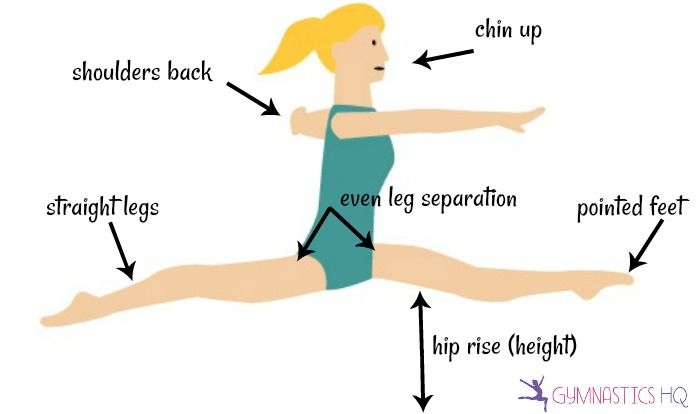 Try to hold for 1 sec before alternating to the other leg. Do 10x.
Try to hold for 1 sec before alternating to the other leg. Do 10x.
Connected Sissonés
With a sissoné, your back leg is slightly higher than your front leg. You want to start on two feet, jump up in your split and land on your front leg before landing on your back leg. Do 10x.
Form
The last main aspect of getting a good split leap is form.
Straight Body Pike
Sit in a straight body pike where you squeeze your legs together and lift your chest and chin up. Focus on squeezing the muscles and not letting go. You can also reach for your feet, but make sure your knees do not bend.
These drills should get you started improving your split leap. One other main thing you can do to improve your split leap is to practice different leap entries and see which one works best for you. Sign up for SkillTrakker to learn them!
Study Done on Improving Split Leaps
As we mentioned in our article about Flexibility in Gymnasts, there was a study done by Dr. Sands to try to increase a group of elite gymnasts’ flexibility. The skill they used for measurement was split leaps.
Sands to try to increase a group of elite gymnasts’ flexibility. The skill they used for measurement was split leaps.
In the study they began by measuring the degree of split of the gymnasts’ split leaps with video. Then the gymnasts began a training program where they used therabands to add resistance to the following moves. (They added resistance because they are elite gymnasts, these exercises should be completely mastered without resistance before attempting to add it.)
- Kicks forward
- Kicks sideward
- Kicks rearward
- Straddle jumps
- Split jumps
They slowly increased the amount of repetitions and sets. At the end of the study all of the gymnasts had improved their split leaps along with their jumps and kicks. Kicks and jumps are included in the drills you should master below.
Muscles You Need for a Split Leap
Legs: You need strong legs in order to do a beautiful split leap, because your leg muscles are what help you punch off the ground to get high in the air. Your legs and hip muscles are also what pull your legs up off the ground into the split position they should be in while in the air.
Your legs and hip muscles are also what pull your legs up off the ground into the split position they should be in while in the air.
Exercises You Can Do at Home for a Split Leap
Squats: You need to have strong legs to push off the ground in order to do a perfect split leap. One exercise you can do to strengthen those muscles is squats. To do a squat, stand with your feet hip to shoulder-width apart. You can either do squats with your feet pointing out (with them slightly at a diagonal angle) or your feet pointing forwards. The squats will work different muscles depending on which way your feet are pointing. Keeping your back straight and your core squeezed, lower yourself with your weight on your heels. It can be easier with your arms extended out straight in front of you parallel to the ground. The goal will be for your thighs to become perpendicular to your calves, but only go as far as you can while controlling the movement. With the weight of your body in your heels, push against the floor and raise yourself back to a standing position in order to complete the repetition.
Kettlebell Deadlifts: Kettlebell deadlifts are a hip-pulling exercise just like a split leap. In order to do them, stand with your feet about shoulder-width apart. Place a kettlebell between your legs, in line with your ankles. With a straight back, looking in front of you, bend from the hips, and reach down to pick up the kettlebell in between your legs. Your shins should be vertical and your lower back should be flat. Then pushing through your legs, return to a standing position.
Tools for Learning a Split Leap
Developing Leaps and Jumps for Gymnastics Video by Tammy Biggs: This video by the amazing coach Tammy Biggs has tons of drills for learning how to do great leaps and jumps. We’ve seen her put on presentations at conferences and we always leave with actionable tips, and you will do the same with this video.
8-Inch Mat: An 8-inch mat can be used to do the split leap drill where you step against a mat propped against the wall.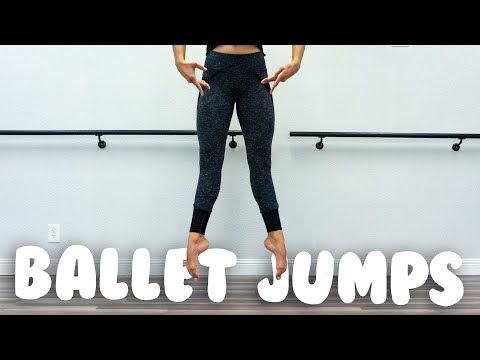
Kettlebells: Kettlebells are useful for doing strength exercises with resistance.
Therabands: Therabands are useful for adding resistance to kicks and jumps once you have completely mastered them without resistance.
If you work on strengthening your muscles with the exercises above, and practice the split leap drills, we’re confident that you should be on your way to learning and improving your split leap. And once you’ve mastered your split leap, you can move on to learning how to do a switch leap.
The 5 Basic Jumps You'll Learn in Dance Classes
Skip to main content
- Freehold, NJ
- Marlboro-Coltsneck, NJ
- East Windsor, NJ
- Howell, NJ
- Matawan-Aberdeen, NJ
- East Brunswick, NJ
- Holmdel-Hazlet, NJ
- South Brunswick, NJ
- West Windsor, NJ
- Long Branch-Eatontown, NJ
- New Jersey
- Top National News
- See All Communities
This post was contributed by a community member. The views expressed here are the author's own.
The views expressed here are the author's own.
Neighbor News
In reality, there are only five possible jump combinations that a dancer can do. Gallery of Dance teaches them in their NJ dance classes.
GalleryofDance, Neighbor
NEEDS JUMP IMAGE
When you watch professional dancers leap and bound across the stage, it can seem like there are a million different jumps that you will have to master in dance classes. Intimidating, right?
Well, looks can be deceiving. Because all of us only have two feet. In reality, there are only five possible jump combinations that a dancer can do: one foot to the same foot, one foot to the other foot, one foot to two feet, two feet to one foot, and two feet to one foot.
Find out what's happening in Manalapanwith free, real-time updates from Patch.
Doesn’t seem quite so hard now, does it? To make it even easier, we’re going to take a look at each one.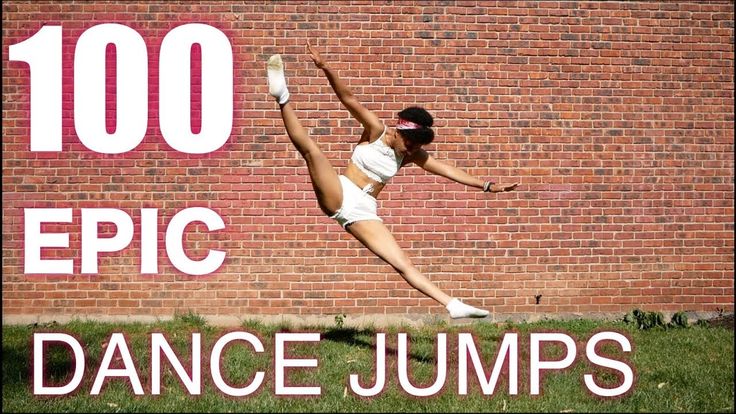
One foot to the same foot. Technically, this is a hop instead of a jump, because hops happen on one leg. For the sake of this post though, we’re looking at it as a jump. Simply put, you take off on one leg and land on the same one. “One to same” hops include:
Find out what's happening in Manalapanwith free, real-time updates from Patch.
· Cabriole
· Heel clicks
· Over the tops
· Temps levé or Step-hop
· Over the log
· Leg jumps
· Fouetté sauté
One foot to the other foot. This category includes both the longer leaps that we’re all familiar with from dance classes as well as exaggerated runs and bounds.
· Barrel turns
· Calypso leaps
· Glissade
· Petit jeté
· Straddle or Russian leaps
· Tour jeté
· Pas de basque (first part)
One foot to two feet. When you do this kind of jump in dance class, it will likely be as an assemblé, where your legs come together in mid-air.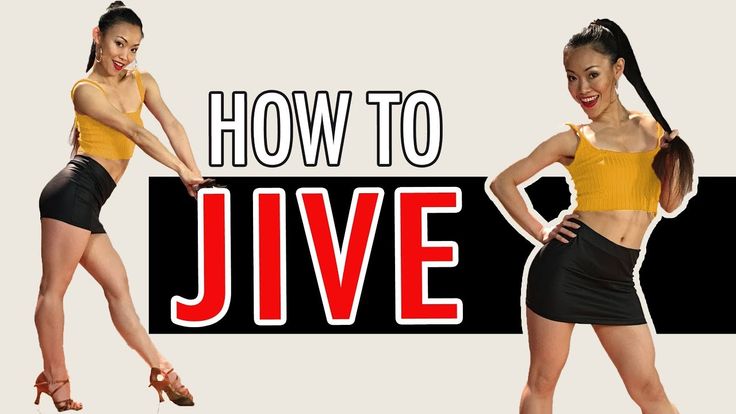 These can be big or small, and done in parallel or turned out.
These can be big or small, and done in parallel or turned out.
Two feet to one foot. This is typically a small jump that starts on two feet and ends with one leg in sur le cou-de-pied. However, in contemporary dance, it’s a basic jump that can be done in a number of ways.
· Sissone
· Faille
Two feet to two feet. Frequently a small vertical jump, this one is also known as the bunny hop and is often the first kind of jump that kids learn. It can be done while moving or standing still and encompasses many different kinds of common jumps learned in dance classes:
· Échappé sauté
· Entrechat quatre
· Firebird jumps
· Fish jump
· Soubresaut
· Standing straddle
· Temps levé sauté
· Tours en l’air
· Tuck jumps
Now that you know the five basic jumps you’ll learn in dance classes, it’s a lot easier to envision (and learn!) the various combinations that can be put together to make it look like you know a million different jumps, too.
Bio
Gallery of Dance is a family-run dance studio in Freehold, NJ, and offers a wide range of recreational and competitive dance classes, including ballet, tap, jazz, and hip hop, for students from preschool to high school. Learn more at GalleryofDance.com
Our Mission: To Provide Solid Dance Training and Foster Our Future Leaders
The views expressed in this post are the author's own. Want to post on Patch?
The rules of replying:
Traffic & Transit|
Crime & Safety|
Crime & Safety|
Jumping Exercises
Style: Hip-hop / Hip-Hop Hip-hop for children / Children's Hip-Hop Ballet
Jumping is an invariable attribute of any dance style and trend. Jumping movements give the dance entertainment and dynamism.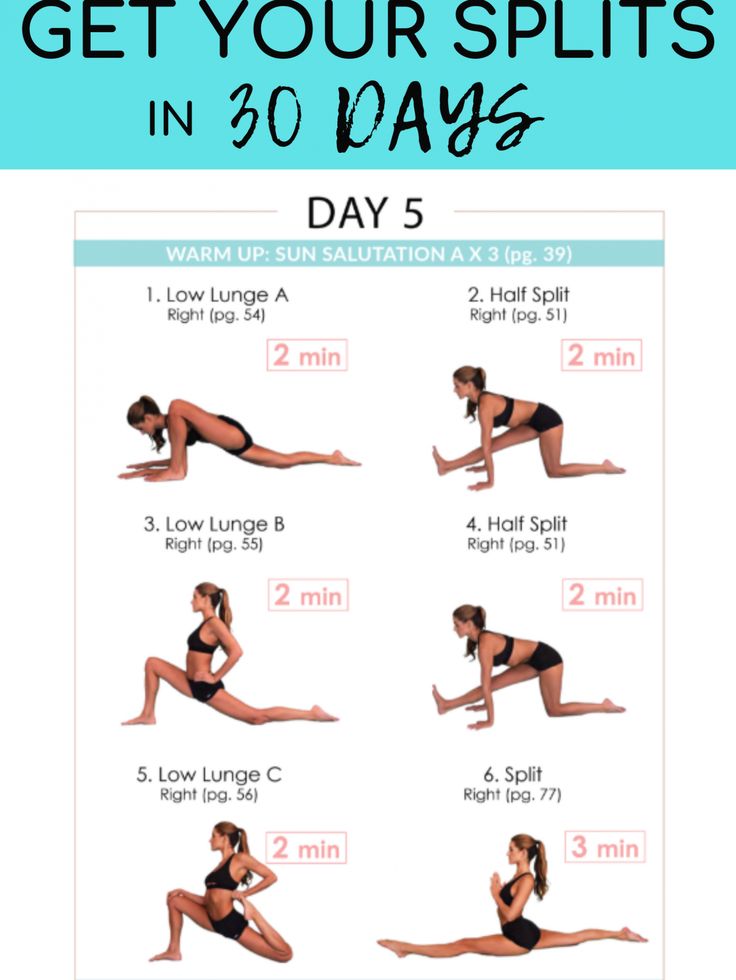 The audience has a feeling of ease of performance and airiness of the dance. Many professional dancers and dancers were "jumpers from birth", that is, they easily jumped. But still, the majority, in order to learn easy and high jumps, spend titanic efforts and years of training. However, both of them need to constantly improve their technique for performing jump elements by regularly training.
The audience has a feeling of ease of performance and airiness of the dance. Many professional dancers and dancers were "jumpers from birth", that is, they easily jumped. But still, the majority, in order to learn easy and high jumps, spend titanic efforts and years of training. However, both of them need to constantly improve their technique for performing jump elements by regularly training.
Getting Started
Jump elements can vary greatly in different dance styles. For example, in modern styles (hip hop, break dance, etc.), the jumping technique differs significantly from classical styles (ballet, tango, etc.). However, there are basic exercises and techniques that will allow you to develop the height and ease of the jump. It is this technique that will be discussed further.
The main thing to focus on in the beginning is the power of the push. It is she who will allow you to make a high jump, as well as perform the necessary figure in flight. To improve it, we can give several recommendations:
To improve it, we can give several recommendations:
- Lifting your weight. In their training, the most famous professional athletes use all kinds of exercises to lift their weight. These are rises on toes, with outstretched knees, lunges and squats on one or both legs, etc. By doing these exercises regularly, you will soon develop the necessary pushing power and be able to literally soar in the air.
- Stretching. For lightness and high sharpness of the jump, strong and elastic ligaments and tendons are needed. For this, an excellent stretch is a prerequisite. Constantly improve your stretch performance.
- Correct landing. Dancers get the most injuries when they land. And any injury can permanently unsettle the dancer. That is why when performing jumps, you should land only on tense legs, softening the landing with a springy plie. The deep plie is a fundamental exercise that all professional dancers perform. It promotes the development of tendon and ligament tissues in the ankle joints, strengthens the muscles of the foot, lower leg and thigh.

- Reach up. Watch ballet. All dancers, when jumping and landing, do not stoop, do not raise their shoulders, do not pinch. On the contrary - the back is extended, the head is held high. This will greatly lighten your weight.
In addition to the above recommendations, you should also pay attention to your diet. Vitamins and trace elements must be present in your food.
Believe in yourself
However, really spectacular jumps require more than just great strength and speed. One of the main requirements is faith in one's own strength. Believe in your high jump and then you will be able to fly.
Related articles:
| How to choose the direction of dance according to the type of temperament We all remember that in psychology classes we were told about four types of human temperament, and for those who were not taught psychology, they probably heard, even if they did not hear, then everything will become clear from the article. Style: Street dance / Street dance Hip-hop / Hip-Hop Other destinations / Other Jazz Modern / Jass Modern Stripplasty / StripPlastic Club dances / Club dance Jazz Funk / Jazz Funk Go-Go / Go-Go Fitness / Fitness Yoga Dances of the peoples of the world / National Dance Ballroom dancing |
| Hip-hop - style of self-expression The popular hip-hop dance style originated in the second half of the 20th century. Style: Street dance / Street dance Old School / Old School Robot Krump / Krump C-Wok / C-Walk Hip-hop / Hip-Hop New School / New School Hip-hop for children / Children's Hip-Hop Dance mix |
| How to start dancing So, you have a desire to improve your body and posture, find new friends and like-minded people, assert yourself, and just learn how to dance cool. Style: Hip-hop / Hip-Hop Hip-hop for children / Children's Hip-Hop classical choreography Latina / Latina Modern dance Salsa Argentine Tango |
New Articles
TribalDietary RecommendationsDance YogaHistorical Dancing - What is itMore Articles
Basic Elements in Hip-Hop (Practice)
Exemplary Team AJAX Dance and Sports Club #RedPAnther90
Basic Elements in Style Base study.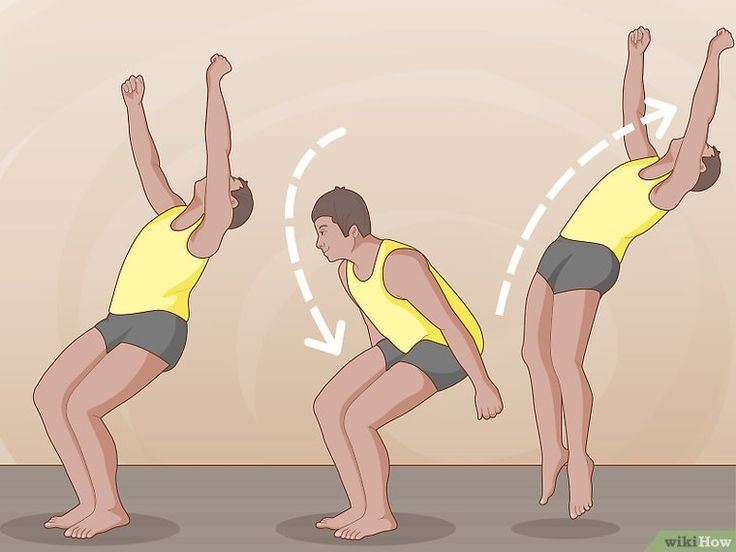 16 initial movements
16 initial movements
Each dance is based on the basic elements on which it is built. Same goes for Hip-Hop
After the student has caught the approximate nature of the movements and understood what he is moving and how, we begin to acquaint him with the base.
Important. The second and third stages take place simultaneously.
We take 2-3 new movements at each lesson. We disassemble. Adding hands.
At the end - freestyle, to secure all the material.
In this way, we repeat and consolidate the old material and impose new material on it, which allows the student to accumulate knowledge, and not learn new things every time and forget. Every student must know the basics.
Here are 16 basic moves and their variations on the basis of which you can make a combination:
1.Steve Martin 2.Running man 3.Kick 4.Roger Rabbit 5.Alf (March Step) 6.Kriss Kross 7.ShamRock 8.PartyDuke 9. Monestery 10.Bart Simpson 11.Bobby Brown
12.Happy Feet 13.Sponge Bob 14. PartyMachine 15. Atl Stomp 16. Reebok
PartyMachine 15. Atl Stomp 16. Reebok
Basic hip-hop elements
Old school (1979 – 1990) Basic hip-hop elements of the old school
- Basic Bounce Combo
- Two step [Tu step] - two steps or step, prefix. The simplest movement found in many hip-hop dances. "One" - a step towards the launch vehicle. "Two" - the second leg is substituted for the PH. The movement is repeated on the other leg. Step stand to the side, forward, diagonally, loop back.
- Step slide, slide step , Glide Combination with kick - kick - raise the knee - stand with a body turn. Mandatory accented pumping. We raise the knee and rebound back, without swinging, lifting the leg from the calf muscle.
- Criss cross step on the rise with a jump, cross - initial, add lower back on the sides, knees bent. Add diaphragm and uncomplicated hands. Do not strain your neck and back!
- Criss Cross Variations
- Humpty Dance Humpty Dance.
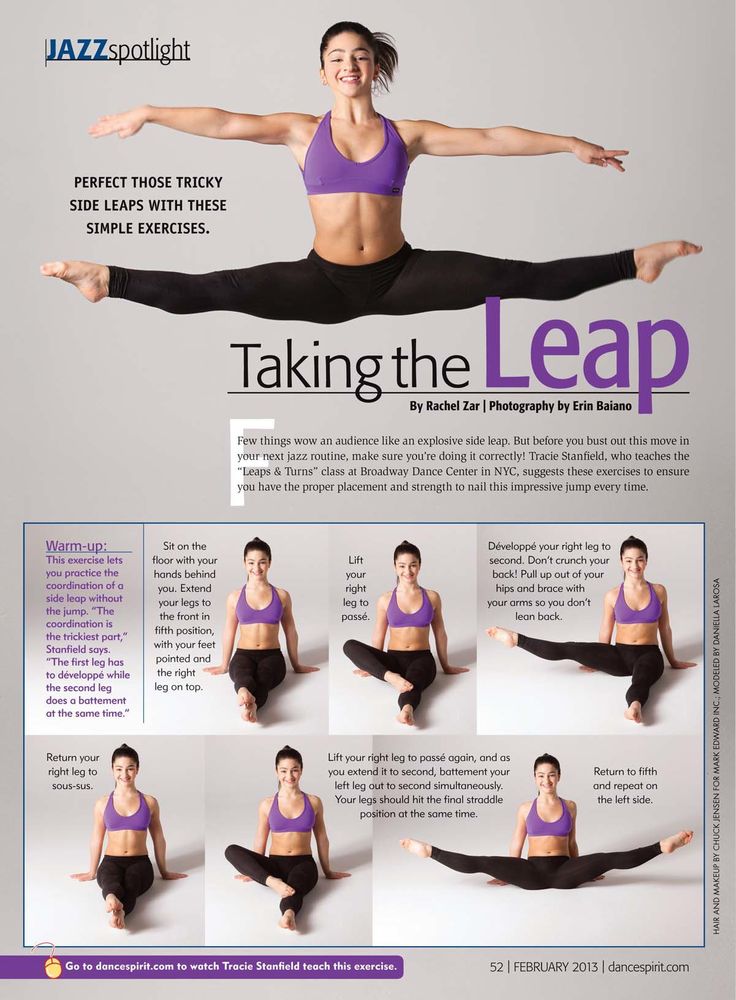 In this dance, the “Kach” of the pelvic girdle becomes the main one. The dance is performed in the second wide position and the knees must always be bent. Starting position II free position of the legs. "And Raz" - Chris Cross. "I" - the pelvic part of the legs is retracted slightly back. "Two" - So with an accent moves forward. "And Three", "And Four" - "And Two" is repeated. You can add hands, as in the video below, or come up with something of your own.
In this dance, the “Kach” of the pelvic girdle becomes the main one. The dance is performed in the second wide position and the knees must always be bent. Starting position II free position of the legs. "And Raz" - Chris Cross. "I" - the pelvic part of the legs is retracted slightly back. "Two" - So with an accent moves forward. "And Three", "And Four" - "And Two" is repeated. You can add hands, as in the video below, or come up with something of your own. - Kick it drink it. Kick [Kik] is one of the most common movements in modern dance. A simple kick in the air. When performing, you must remember about the Groove (Kach). Starting position: I parallel position of the legs. "And" - kick [kick] or kick with the right foot forward. The movement is similar to kicking a soccer ball. The body makes a “pitch” forward. "One" - the right leg returns to its original position. The left leg swings back. The body leans back slightly. "And" - the left foot makes a kick [kick] forward.
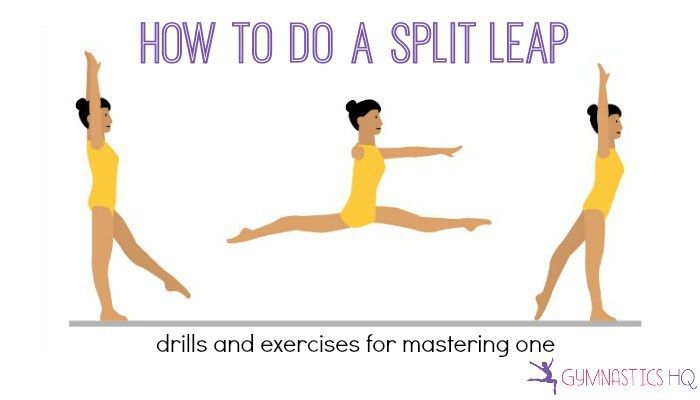 "Kach" forward. "Two" - similar to the movement to "One", only from the opposite leg. On the next beat, the movement is repeated. Kick, Kick + Back jump
"Kach" forward. "Two" - similar to the movement to "One", only from the opposite leg. On the next beat, the movement is repeated. Kick, Kick + Back jump - Kick and slide kick and slide. A kick is made with one foot, and then a slide is made with the other.
- Kick & Step - Kick Cross Step
- Kick ball change On I swing, for once swing up, on I swing, 2 steps back and kip up. Hands work in opposition. Back and to the side, back with a twist in the hips, forward, back with a turn and to the side, forward and forward crosswise . Kick out - leg bent to the side, kick, change of leg to the side.
- Party Duke + variations - abduction of the leg to the side.
- Cabbage patch The name comes from the Cabbage Patch Kids, a toy popular in the 80s and 90s. Usually performed comically. Often accompanied by funny "grimaces".
 The starting position is free. Hands move in a plane parallel to the floor. Starting from the chest describe a circle. During performance, the shoulders rise. Any steps can be used in the legs.
The starting position is free. Hands move in a plane parallel to the floor. Starting from the chest describe a circle. During performance, the shoulders rise. Any steps can be used in the legs. - Smurf [Smurf] - movement named after cartoon characters. The knees do a swing with an emphasis down, the body and head with an emphasis forward. Hands in turn move forward, as in swimming. Starting position - free. "One" - one hand begins to "float" forward in a small arc. In the legs, body and head, "kach" begins.
- Prep (Pretty Boys)
- The wop
- Reebok - swing up with the shoulder and arm jumping.
- FILA
- Happy Feat
- Spongebob -knee to shoulder, jump, leg straightening at
- 9023 9000 Middle elements of high school
- Party Machine - VARIATIONS forward kick, opposite arm strike, rebound, leg and arm lashing variation, side jump and arm variation.
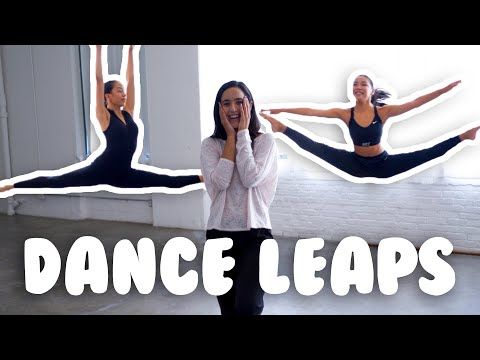
- Running Man : Reverse, With touch. Raise the knees, when descending, the weight of the body between the legs, hands “pump the pump”
- Reject Step
- Shamrock - step sideways out, back, bouncing legs together, landing. Option back. Option 2
- Steve Martin - forward - backward swing, extension of the bent leg back, knee forward, change, remove the error when turning with the knee to the body back.
- Pepper seed
- BK Bounce (Peter Paul) Robocop variation 2 variation 3
- BARBIE
- Chiken head
- Chicken noodle soup
- Aunt jackie
- Pop, lock & drop it - body twist and lock squat
- Trammps
- GUCCI
- GUESS
- Beneton
- 4 Corners -accent
- TRAVE TRUA Man - kick sideways pelvic circles
- Neck-o-Flex - head to side, turn
- Ticking - ticking
- Puppet Style
097
Hip-hop elements with steps, twists, kicks- Run It - twists with forward step
- Egyptian Twist - legs together, twist to the sides.
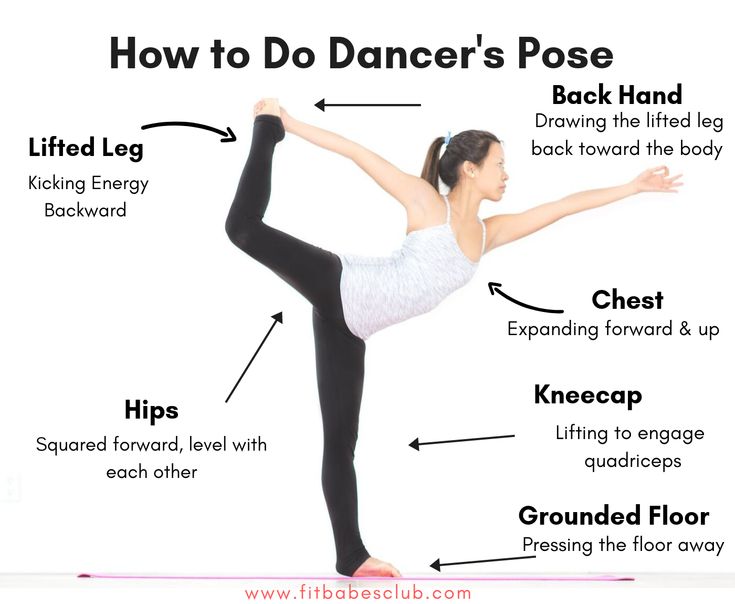
hip-hop elements different
hip-hop elements for insulation, waves, parts
 So, it is known that there are four types of human temperament: phlegmatic, choleric, sanguine and melancholic. Everyone has their own type of behavior in society. If you think that temperament does not affect a person's preferences, then we can say that this is a deep delusion. How to choose the direction of dance, how to understand yourself, first of all, of course, you need to try to start dancing.
So, it is known that there are four types of human temperament: phlegmatic, choleric, sanguine and melancholic. Everyone has their own type of behavior in society. If you think that temperament does not affect a person's preferences, then we can say that this is a deep delusion. How to choose the direction of dance, how to understand yourself, first of all, of course, you need to try to start dancing. 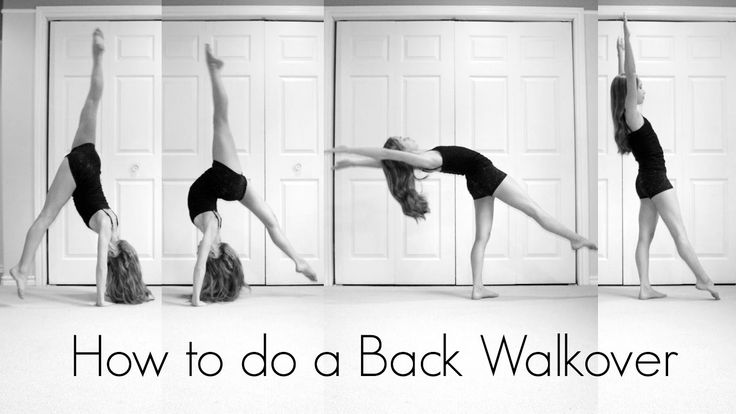 At that time, it was a pronounced Protestant direction. The dance and its performers protested against the existing order, the domination of money, corruption, and so on. However, over time, the hip-hop dance style has become very fashionable, popular, and therefore commercial.
At that time, it was a pronounced Protestant direction. The dance and its performers protested against the existing order, the domination of money, corruption, and so on. However, over time, the hip-hop dance style has become very fashionable, popular, and therefore commercial. 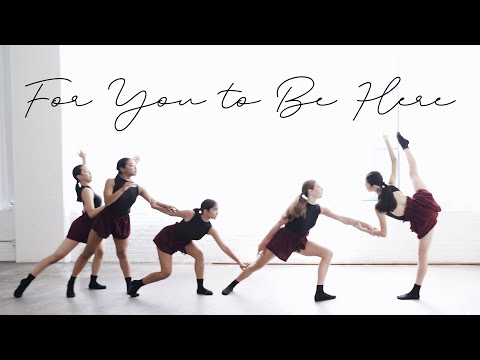 Where to start dancing lessons.
Where to start dancing lessons. 

